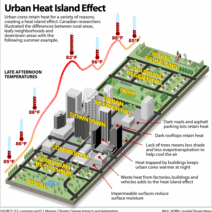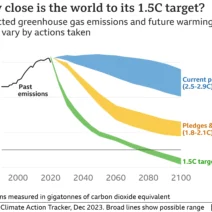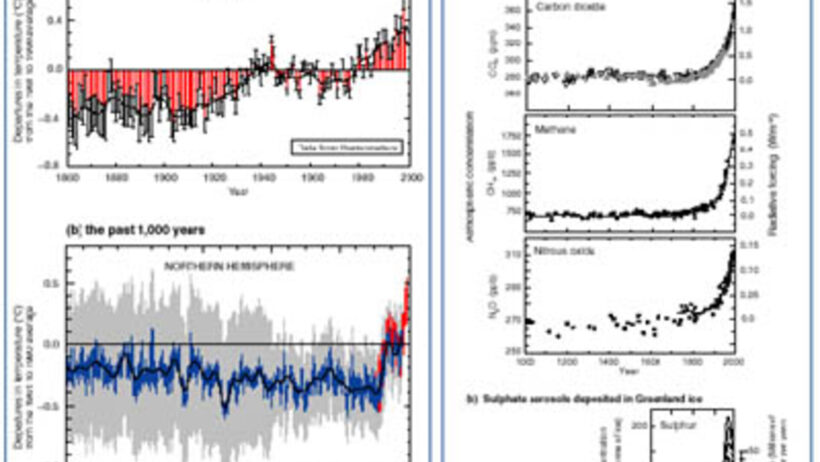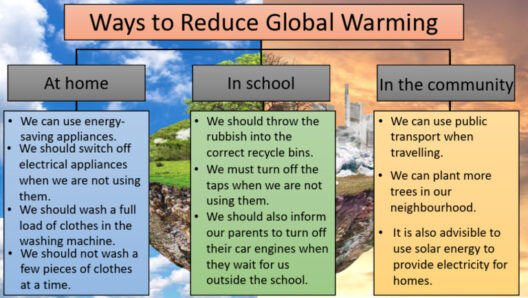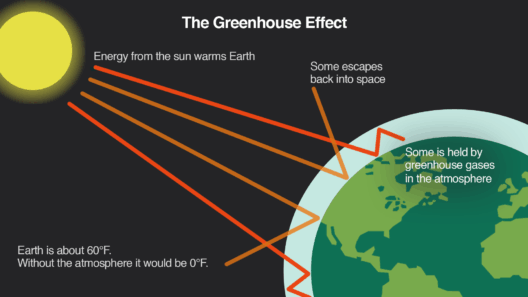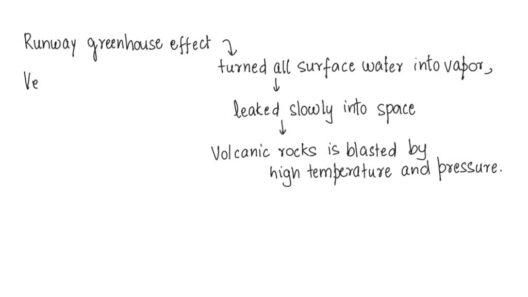The greenhouse effect is a fundamental phenomenon that refers to the warming of Earth’s surface due to the trapping of heat by greenhouse gases in the atmosphere. Understanding which gases are involved in this crucial process is imperative for tackling global warming and mitigating climate change. Here, we delve into the key players contributing to the greenhouse effect, elucidating their roles, sources, and impacts on the environment.
Greenhouse gases encompass a diverse array of substances, each with distinct properties and implications for climate. The primary constituents include carbon dioxide (CO2), methane (CH4), nitrous oxide (N2O), and fluorinated gases. These gases differ in their atmospheric lifetime, global warming potential, and sources, making them critical to understand in the context of sustainable development.
Carbon Dioxide: The Ubiquitous Culprit
Carbon dioxide is arguably the most notorious greenhouse gas. Released through natural processes such as respiration and volcanic eruptions, its anthropogenic emissions predominantly stem from the burning of fossil fuels, deforestation, and various industrial activities. When fossil fuels are combusted, they release CO2 into the atmosphere, creating a layer that traps heat and contributes to global warming.
CO2’s global warming potential is significant, as it can remain in the atmosphere for centuries. Although it accounts for only a fraction of the atmosphere’s composition, its cumulative effect is profound, making it a prime target for climate change mitigation strategies. Efforts to curb CO2 emissions hinge upon transitioning to renewable energy sources, enhancing energy efficiency, and promoting reforestation initiatives to absorb excess CO2.
Methane: A Potent but Short-Lived Gas
Methane is a greenhouse gas that is substantially more effective at trapping heat than CO2, albeit for a relatively shorter atmospheric lifetime, which is approximately a decade. Produced by both natural sources—such as wetlands—and anthropogenic activities like agriculture (notably livestock digestion), landfills, and natural gas extraction, methane poses a significant challenge in the fight against climate change.
While it has a much higher global warming potential—over 25 times greater than CO2 over a 100-year period—it breaks down into CO2 and water vapor more quickly. This makes immediate reductions in methane emissions particularly impactful, as actions taken today can yield rapid benefits. Strategies such as improving agricultural practices, capturing landfill gas, and reducing leaks from natural gas infrastructure are vital in mitigating methane emissions.
Nitrous Oxide: The Overlooked Challenger
Nitrous oxide, though less talked about than CO2 and methane, is another greenhouse gas worthy of attention. It is primarily emitted from agricultural and industrial activities, as well as during the combustion of fossil fuels and solid waste. Nitrous oxide has a global warming potential approximately 298 times that of CO2 over a century, signifying its substantial impact on the greenhouse effect.
This gas’s emission is often linked to the use of nitrogen-based fertilizers, which can lead to significant atmospheric releases. Innovative agricultural techniques, such as precision farming and organic fertilizers, can help reduce the nitrous oxide footprint. Awareness of nitrous oxide’s contributions to global warming is essential to fostering a holistic approach towards emissions reduction.
Fluorinated Gases: The Synthetic Contenders
Fluorinated gases are a group of synthetic gases that include hydrofluorocarbons (HFCs), perfluorocarbons (PFCs), and sulfur hexafluoride (SF6). While these gases are used in a variety of industrial applications, they are far less common than CO2, methane, or nitrous oxide. Nonetheless, their global warming potential is profoundly powerful, with HFCs being up to thousands of times more effective at trapping heat than CO2.
Although their contributions to global warming are smaller in terms of volume, their potency means that even minor emissions can have severe climatic impacts. International policy efforts, such as the Kigali Amendment to the Montreal Protocol, aim to phase down the production and consumption of these substances, spotlighting the need for both regulatory and technological interventions in their management.
Conclusion: The Path Forward
In navigating the complexities of the greenhouse effect, it is evident that each type of greenhouse gas plays a unique and pivotal role. Carbon dioxide, methane, nitrous oxide, and fluorinated gases present distinct challenges and opportunities in the battle against climate change. Addressing the emissions of these gases is not merely beneficial but critical for ensuring a sustainable future.
Your choices matter. By supporting policies aimed at reducing emissions, advocating for cleaner energy sources, and promoting sustainable agricultural practices, individuals and communities can contribute to a larger movement. The fight against global warming hinges on collective effort, and understanding the key players in this process is the first step in making informed decisions for our planet’s future.
